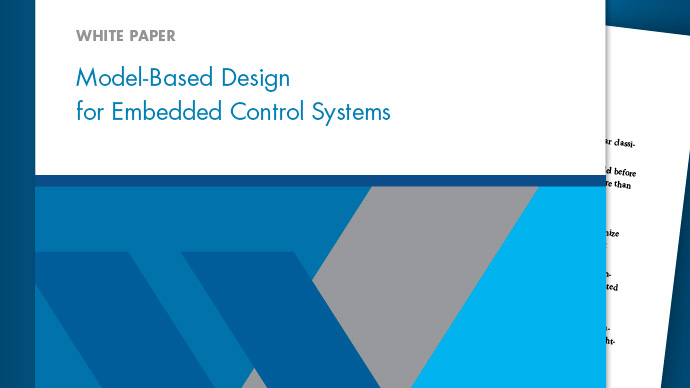Unit Delay
Delay signal one sample period
- 库:
Simulink / Discrete
HDL Coder / Discrete
Description
TheUnit Delayblock holds and delays its input by the sample period you specify. When placed in an iterator subsystem, it holds and delays its input by one iteration. This block is equivalent to the z-1discrete-time operator. The block accepts one input and generates one output. Each signal can be scalar or vector. If the input is a vector, the block holds and delays all elements of the vector by the same sample period.
You specify the block output for the first sampling period with theInitial conditionsparameter. Careful selection of this parameter can minimize unwanted output behavior. You specify the time between samples with theSample timeparameter. A setting of-1means the block inherits theSample time.
Note
TheUnit Delayblock errors out if you use it to create a transition between blocks operating at different sample rates. Use theRate Transitionblock instead.
Comparison with Similar Blocks
The内存,Unit Delay, andZero-Order Holdblocks provide similar functionality but have different capabilities. Also, the purpose of each block is different.
This table shows recommended usage for each block.
| Block | Purpose of the Block | Reference Examples |
|---|---|---|
| Unit Delay | Implement a delay using a discrete sample time that you specify. The block accepts and outputs signals with a discrete sample time. |
|
| 内存 | Implement a delay by one major integration time step. Ideally, the block accepts continuous (or fixed in minor time step) signals and outputs a signal that is fixed in minor time step. |
|
| Zero-Order Hold | Convert an input signal with a continuous sample time to an output signal with a discrete sample time. |
Each block has the following capabilities.
| Capability | 内存 | Unit Delay | Zero-Order Hold |
|---|---|---|---|
| Specification of initial condition | Yes | Yes | No, because the block output at time t = 0 must match the input value. |
| Specification of sample time | No, because the block can only inherit sample time from the driving block or the solver used for the entire model. | Yes | Yes |
| Support for frame-based signals | No | Yes | Yes |
| Support for state logging | No | Yes | No |
String Support
TheUnit Delayblock can accept and output string data type only if the block is configured for a delay length of0or1or for direct feedthrough.
Ports
Input
Output
Parameters
Model Examples
Block Characteristics
Data Types |
|
Direct Feedthrough |
|
Multidimensional Signals |
|
Variable-Size Signals |
|
Zero-Crossing Detection |
|


